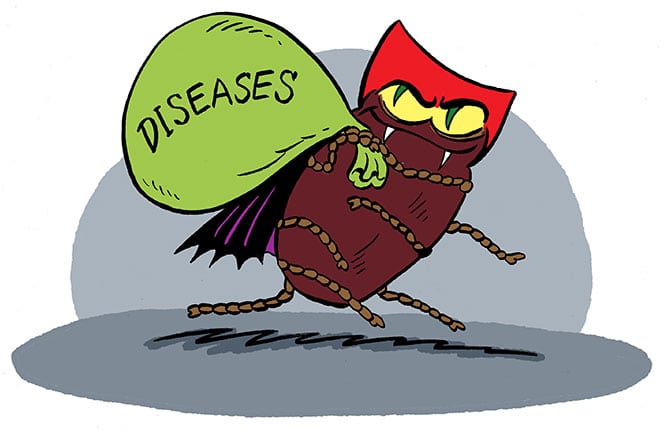NatCapLyme focuses our efforts on helping people with tick-borne diseases through awareness, education, support, advocacy, and research. After careful deliberation, we issue formal position or policy statements on issues that are of critical importance to our community and our association’s mission. We invite you to read through our past position statements:





